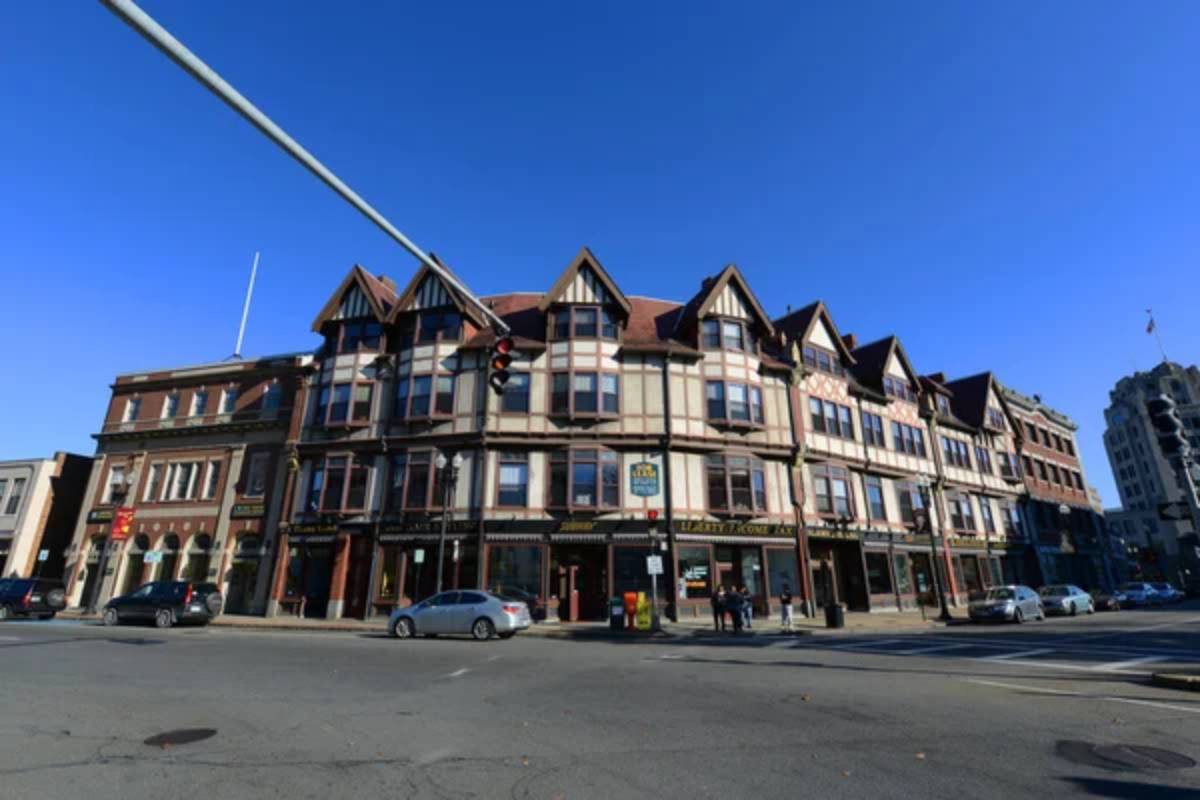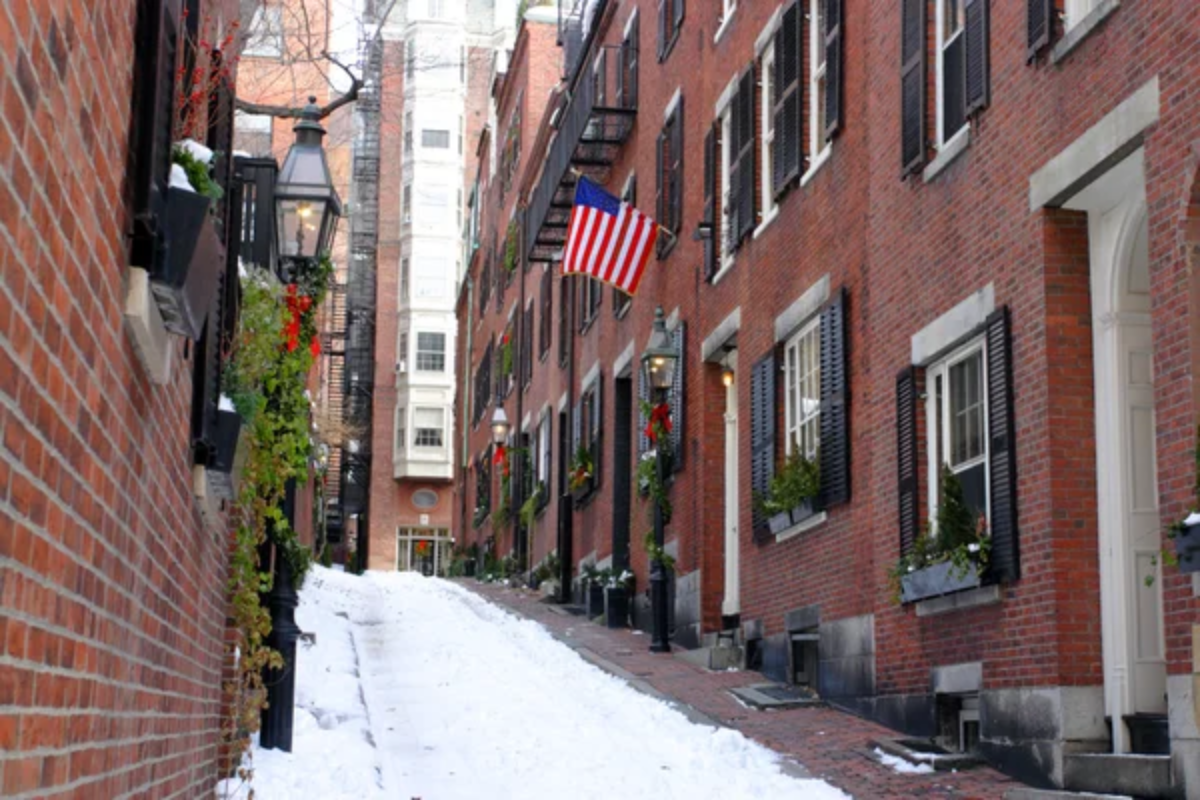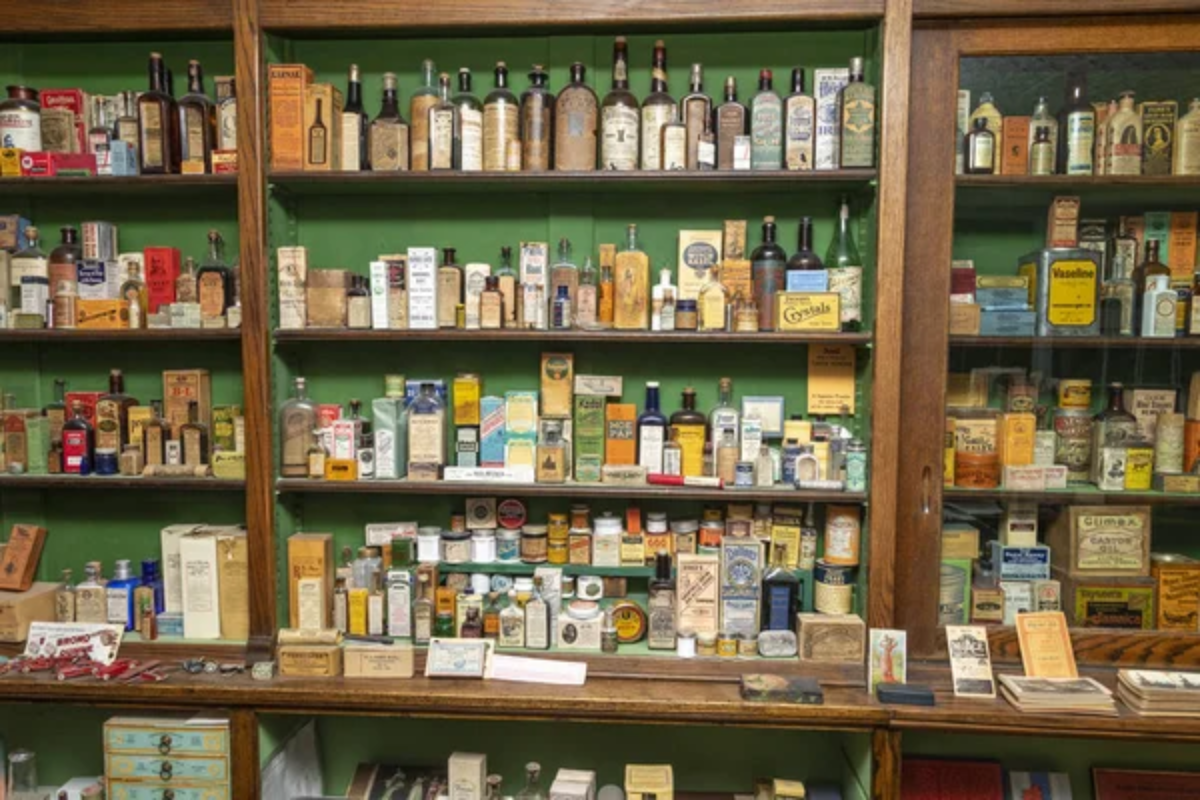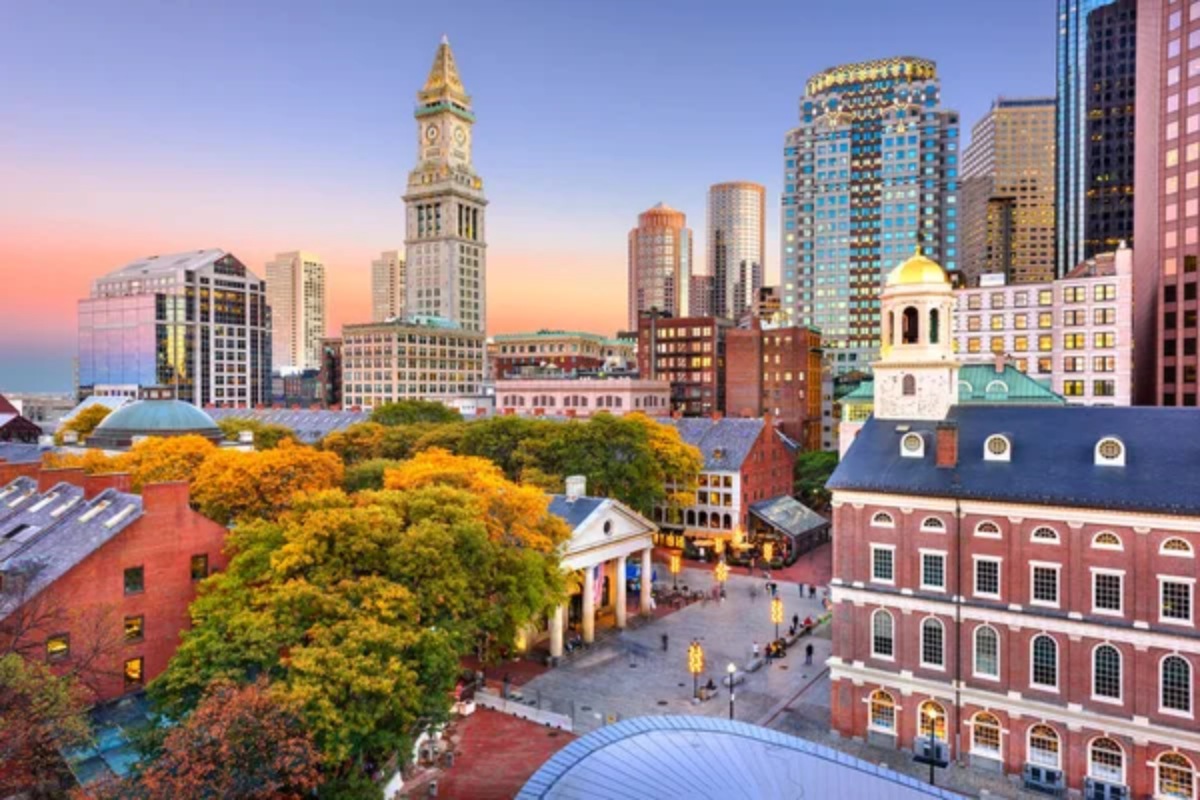Boston is a paradise for history enthusiasts, with centuries of American heritage packed into its winding streets and historic buildings. While popular spots like Faneuil Hall and the Freedom Trail attract throngs of tourists year-round, the city harbors numerous lesser-known historical sites ideal for those seeking solitude while exploring the past.
Here is a list of 15 historical gems in Boston where you can indulge your passion for the past while enjoying relative solitude.
Copp’s Hill Burying Ground

This often-overlooked cemetery dates back to 1659, making it the second oldest in Boston. The hilltop location offers stunning views of the harbor and the North End.
Notable figures buried here include Cotton Mather and Robert Newman, who famously hung the lanterns in the Old North Church to signal Paul Revere’s ride.
Commonwealth Museum

Located near the JFK Library, this free museum houses Massachusetts’s original state constitution and the state’s copy of the Declaration of Independence. The exhibits detail the rich political history of the Commonwealth without the crowds that flock to more famous institutions.
The artifact collection includes items from everyday colonial life offer a textured, human perspective on history.
Like Travel Pug’s content? Follow us on MSN.
Gibson House Museum

This perfectly preserved Victorian row house in Back Bay offers an intimate glimpse into 19th-century Boston life. The house remains exactly as it was when its last owner lived there, with original furnishings, artwork, and personal items.
Small-group tours foster a calm, immersive visit into the refined domestic world of Brahmin Boston.
Ruins of Schoolmaster’s House

Hidden within the Boston Common, few visitors notice the stone outline marking where the city’s first schoolmaster once lived. The foundation outline is all that remains of Philemon Pormont’s home from the 1630s.
This quiet spot allows for peaceful reflection on Boston’s early commitment to education while being steps away from—just steps away from yet worlds apart from the busy park paths.
Shirley-Eustis House

This Colonial governor’s mansion in Roxbury is one of the country’s last remaining royal governor residences. Built in 1747, it witnessed royal governance and the early republic.
The meticulously restored interior features period furnishings and evolving architectural styles that reflect Boston’s political transformation.
Like Travel Pug’s content? Follow us on MSN.
Adams Street Synagogue

This historic Jewish house of worship in Newton dates to 1911 and stands as one of New England’s few remaining wooden synagogues. The simple yet beautiful building tells the story of Boston’s Jewish immigrants and their contributions to the city’s cultural fabric.
Visits typically require an appointment—ensuring solitude as well as preservation.
West End Museum

This small museum documents a neighborhood largely demolished during the 1950s urban renewal. It preserves the memory of Boston’s immigrant communities and urban transformation through photographs, oral histories, and artifacts.
Its unassuming setting allows for thoughtful, unrushed engagement with this poignant chapter of urban history.
Brook Farm Site

Once home to a famous Transcendentalist utopian community, this National Historic Site in West Roxbury offers peaceful walking trails and interpretive signs. In the 1840s, the farm attracted intellectual luminaries like Margaret Fuller and Nathaniel Hawthorne.
Quiet and philosophical by nature, the landscape invites visitors to reflect on lofty ideals and their earthly struggles.
Like Travel Pug’s content? Follow us on MSN.
Otis House Museum

The first of three houses designed by Charles Bulfinch for Harrison Gray Otis, this Federal-style mansion on Cambridge Street stands as a testament to Boston’s post-Revolutionary elite.
The house has been meticulously restored to its 1796 appearance. Intimate tours reveal refined details in furniture, ornamentation, and layout—offering a rare peek at early American affluence.
USS Cassin Young

While the USS Constitution draws crowds, its neighbor at the Charlestown Navy Yard, the Fletcher-class destroyer USS Cassin Young, offers a more peaceful historical experience. This World War II vessel saw action in the Pacific and survived kamikaze attacks.
Visitors can explore the decks and quarters at their own pace, gaining insight into naval warfare during a pivotal moment in American history.
Old North Church Crypt

Everyone knows the church’s famous steeple, but few visitors venture into the crypt beneath. This burial chamber contains approximately 1,100 bodies in about 37 tombs from 1732 to 1860.
Small group tours of this atmospheric space provide a macabre yet fascinating glimpse into historical burial practices and church history without the crowds above.
Like Travel Pug’s content? Follow us on MSN.
Vilna Shul

Boston’s last immigrant-era synagogue, located in Beacon Hill, is a cultural center that preserves Jewish heritage. The restored 1919 building features beautiful painted murals and original wooden pews.
Visitation is limited, ensuring a peaceful atmosphere for contemplating the immigrant experience and religious diversity in Boston’s history.
Museum of Medical History

Tucked away at the Massachusetts General Hospital, this small museum chronicles the evolution of medicine through fascinating artifacts. The collection includes early surgical instruments, medical texts, and even the famous ether dome where anesthesia was first publicly demonstrated.
The museum’s specialized nature keeps crowds at bay while offering a compelling look at scientific history.
Fort Warren

A Civil War-era fortress on Georges Island, Fort Warren becomes remarkably quiet during off-peak times and weekdays. The granite structure once held Confederate prisoners and protected Boston Harbor.
The sprawling fort, echoing corridors, and sweeping harbor views provide ample space for solitary historical exploration without summer ferry crowds.
Like Travel Pug’s content? Follow us on MSN.
Massachusetts Historical Society

The nation’s oldest historical society houses remarkable documents, including John Adams’s library and Thomas Jefferson’s architectural drawings. Unlike the more touristy museums, this research institution welcomes history enthusiasts to view rotating exhibitions in a scholarly, quiet atmosphere.
The collection’s depth offers unprecedented access to primary sources of early American history.
Looking Through Time’s Lens

Boston’s historical significance extends beyond popular landmarks, rewarding those willing to step off the beaten path. These lesser-known sites offer profound connections to the past without the distraction of crowds.
Visitors gain a deeper understanding of Boston’s layered past and its ongoing influence on American culture by seeking out these quieter corners of history.
More from Travel Pug

- Cities Growing so Fast You Won’t Recognize Them in 10 Years
- 13 Destinations Where Tourists Regularly Regret Their Trip
- 20 Obscure WWII Sites Even History Buffs Don’t Know About
- 10 Under-the-Radar Mountain Towns That Are Both Affordable and Beautiful
- Remote Villages in Europe Where You Can Live for Free in Exchange for Work
Like Travel Pug’s content? Follow us on MSN.
